Transport of excitations through networked systems plays an important role in many areas of physics, chemistry, and biology. The uncontrollable interaction of the transmission network with a noisy environment is usually assumed to deteriorate its transport capacity, especially so when the system is fundamentally quantum mechanical. Here we identify key mechanisms through which dephasing noise, contrary to expectation, may actually aid transport through a dissipative network. These are processes that lead to the suppression of destructive interference and exploitation of line broadening. We illustrate how these mechanisms operate using simple examples and show that their overall effect is the opening of additional pathways for excitation transfer. We investigate numerically and analytically noisy transport dynamics on a fully connected network and study numerically the Fenna-Matthew-Olson (FMO) complex, the former to elucidate the fundamental principles, and the latter to show how these principles can explain the remarkable efficiency and robustness of excitation energy transfer from the light-harvesting chlorosomes to the bacterial reaction center. These results strongly suggest that Nature actively utilizes the fundamental sensitivity of quantum systems to noise and that the way Nature seems to exploit environmental noise is intrinsically robust to changes in the properties of the dissipative quantum network. This robustness corroborates the idea of the general applicability of the described underlying principles in a variety of physical and biological transport networks and the possibility to exploit these processes for achieving robust and efficient energy transfer in artificial structures.
Fundamental mechanisms of noise supported energy transfer in biological systems
ArXiv identifier:
0901.4454
Speakers:
Martin Plenio
